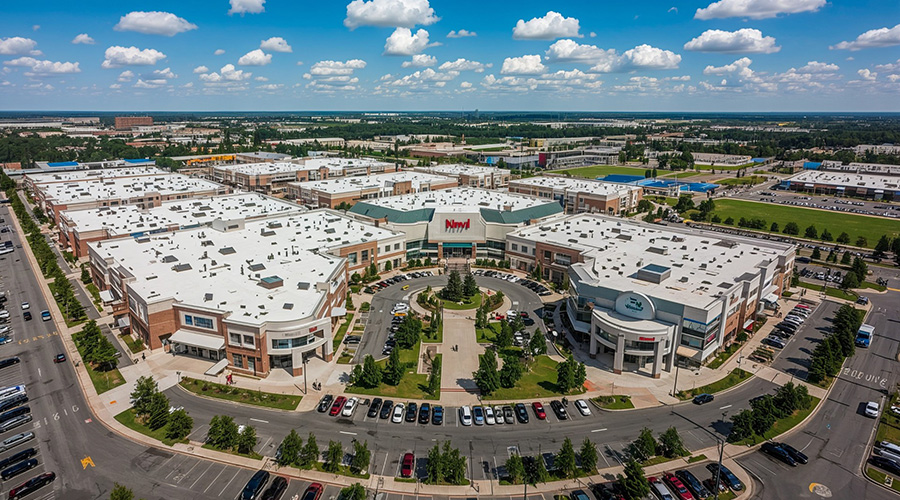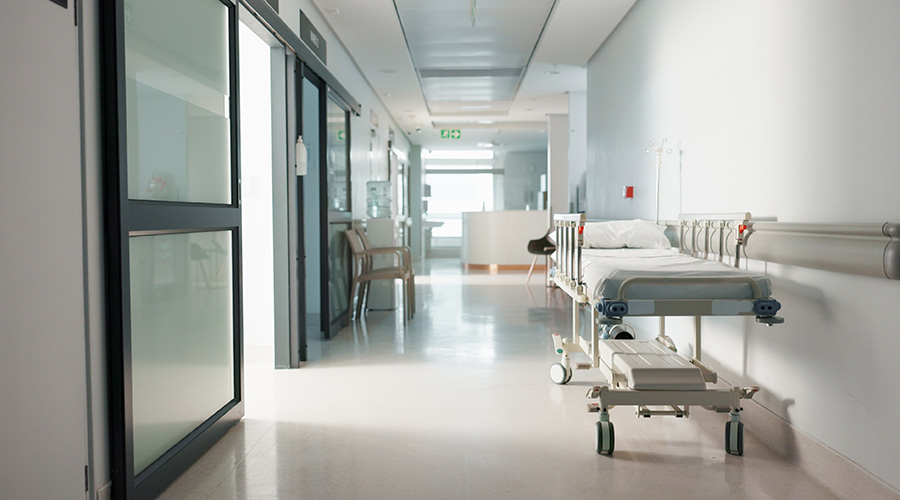By combining electronic surveying technology with building information modeling (BIM) and 3D models, the design-build mechanical contractor for a more than half-million-square-foot, three-building healthcare facility was able to prefabricate the mechanical and plumbing systems for whole assemblies for the entire project, saving time and money while improving accuracy.
Mechanical, electrical and plumbing (MEP) can account for 30 to 40 percent of total construction costs for a hospital, according to an article in Building Design + Construction. The project highlighted in the article covered a multi-story patient tower with a diagnostic/treatment center, a health services building, and a central utility plant.
One of the difficulties in prefabricating MEP is that often the design documents do not match what is in the field. By using electronic surveying technology, which is normally used for exterior applications, and applying that data to the BIM models of the interior HVAC and plumbing systems, the contractor was able to lay out a 25,000-square-foot floor plate with 99 percent accuracy in three or four days with a two-man crew. The old way of doing things involved a six-person crew and took a week, using string and tape to measure and lay out the system.
The project in general benefitted from the increased efficiency of the MEP team. The project was founded with integrated design practices and the entire building team was brought to the table early in the design process. With this synergy in place, other teams were able to pick up on the increased efficiency in the MEP layout. For example, the general contractor could pour a deck every three or four days, the article says.
Combining the electronic survey data with the BIM model faced a few challenges. The vast amount of data from the survey sometimes produced files that were too large. It is also not an ideal strategy for all projects, working best for large-scale projects with repetitive floor plans, the article says.
Read the article.

BIM for MEP drives efficiency in hospital project
By combining electronic surveying technology with building information modeling (BIM) and 3D models, the design-build mechanical contractor for large healthcare facility was able to prefabricate systems, saving time and money while improving accuracy.
By Healthcare Facilities Today
February 21, 2013
Topic Area: Architecture
Recent Posts
 Healthcare Is the New Retail
Healthcare Is the New Retail
How site selection strategies are shaping the future of medical real estate.
 Bridgeway Behavioral Health Services Launches Campaign to Renovate Health Center
Bridgeway Behavioral Health Services Launches Campaign to Renovate Health Center
The $2 million capital campaign aims to renovate and expand the outpatient behavioral health center in Elizabeth, New Jersey.
 Ground Broken for New North Dakota State Hospital
Ground Broken for New North Dakota State Hospital
The 300,000-square-foot facility in Jamestown will provide 140 beds in a modern, trauma-informed care environment.
 AI Usage for Healthcare Facilities
AI Usage for Healthcare Facilities
People in all industries are finding more use cases for artificial intelligence.
 Ground Broken on Pelican Valley Senior Living Modernization Project
Ground Broken on Pelican Valley Senior Living Modernization Project
It is expected to reach completion in early-mid 2027.